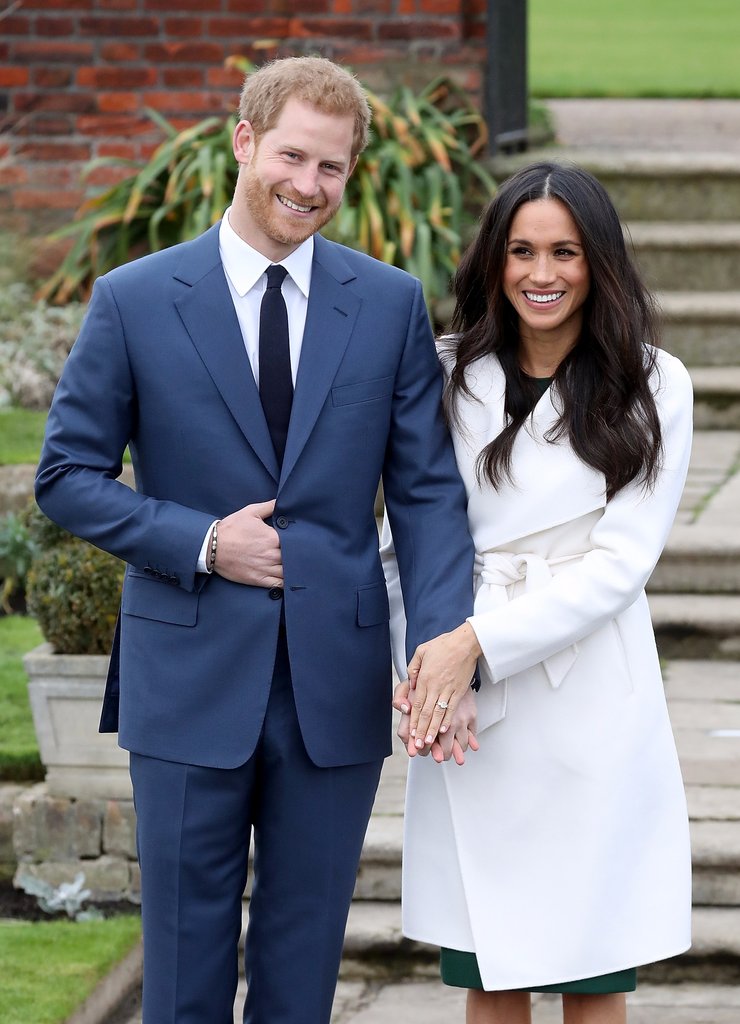
Louis Vuitton Eyes Top-Five Jewelry Position, Buys $16.2 billion Sewelo Diamond, Second-Biggest Rough Diamond Ever
In a surprise move that points to an increased focus on the jewelry business, the luxury fashion giant has bought the Sewelo diamond. Could Louis Vuitton be about to trade fine leather for fine jewelry and cash in on its prime position on Place Vendôme?
Towards a leadership position in fine jewelry
Just two months ago, Louis Vuitton parent company LVMH announced the acquisition of Tiffany for a record-breaking $16.2 billion, providing a significant boost to its watches & jewelry business, currently the smallest division in the group’s portfolio. Now, Louis Vuitton itself has paid an undisclosed sum for the largest stone mined since the Cullinan diamond in 1905.
It follows a declaration of intent in 2018, when the house hired former Tiffany Design Director Francesca Amphitheatrof who has sent the Vuitton jewelry offering in a much bolder direction. Although the house is a relative newcomer to the fine jewelry business, producing its first fine pieces 19 years ago, as Louis Vuitton CEO Michael Burke told the Financial Times, the recent moves are all part of the company’s jewelry business strategy to become “one of the top five players” in the notoriously competitive $270 billion jewelry market.

A $19 million stone?
For Tobias Kormind, managing director of 77diamonds.com, the choice of stone with which to make a move towards leadership is surprising: “although this diamond is remarkable for its record size, Louis Vuitton have chosen a stone of relatively low quality, suggested by the black color of its current rough form. It will be interesting to see whether they break it into many smaller stones or try to create a few larger ones. I estimate the value of the stone to be between $6.5 million and $19.5 million, but it is unlikely to yield top-quality diamonds.”
The Sewelo diamond was found in the Karowe mine in Botswana in April, by Canadian mining company Lucara Diamond Corporation using state-of-the-art X-ray technology. Weighing in at an incredible 1,758 carats, it is the second-largest stone ever found, next to the Cullinan at 3,106 carats, mined in South Africa in 1905.

It has now sold in nine months, in contrast to another find by Lucara, the 302 carat Lesedi La Rona, which they tried to auction at Sotheby’s. “Lucara is trying to break diamonds out of their traditional route to market,” says Kormind, “the Lesedi La Rona failed to sell at auction as the diamond cutters stayed away and non-experts were not prepared to bid.” It was eventually sold privately to Graff Diamonds for $53 million in 2017, two years after being mined.
The diamond is classed as “near gem” and of variable quality, pointing to inclusions that could dictate how it is cut. Lucara have signed a partnership with Louis Vuitton and Antwerp-based HB Company to support the cutting and polishing of the stone later this year, after a three-month study to determine optimal cuts. In return, they will have a 50% interest on the resulting diamonds and 5% of retail proceeds to be reinvested into community initiatives in Botswana.
Cutting a baseball-sized diamond
While the Cullinan was cut by Joseph Asscher into nine major stones, some of which ended up in the British Crown Jewels, and the Lesedi La Rona produced 67 separate stones, speculation abounds on how the Sewelo will be cut and used, which according to Burke will not happen until it has a buyer. Ilan Kaplan, CEO of iSparkle, a Johannesburg-based high-end diamond house believes that “a diamond of this size will yield tens of polished diamonds of different sizes,” although “it is impossible to say for certain.”
The cutting process itself is complex: “It will be planned with state-of-the-art diamond-scanning technology to produce a 3D image on which to simulate cutting options. The final cutting decision will be made depending on maximum profitability and saleability of the resultant polished pieces,” says Kaplan. A highly experienced master diamond cutter will follow the plan closely with a laser saw and each individual stone will be polished. “With a diamond of this size and complexity, this process could take well over a year,” he finishes.
Right now, the stone is a long way from that. At present, it is coated in carbon and what lies beneath is a mystery which makes cutting it all the more difficult. The purchase is a move that is not without risk for Louis Vuitton, but it represents the kind of eye-catching big bet that had made LVMH the world’s premiere luxury group, and Louis Vuitton its most valuable luxury brand.


